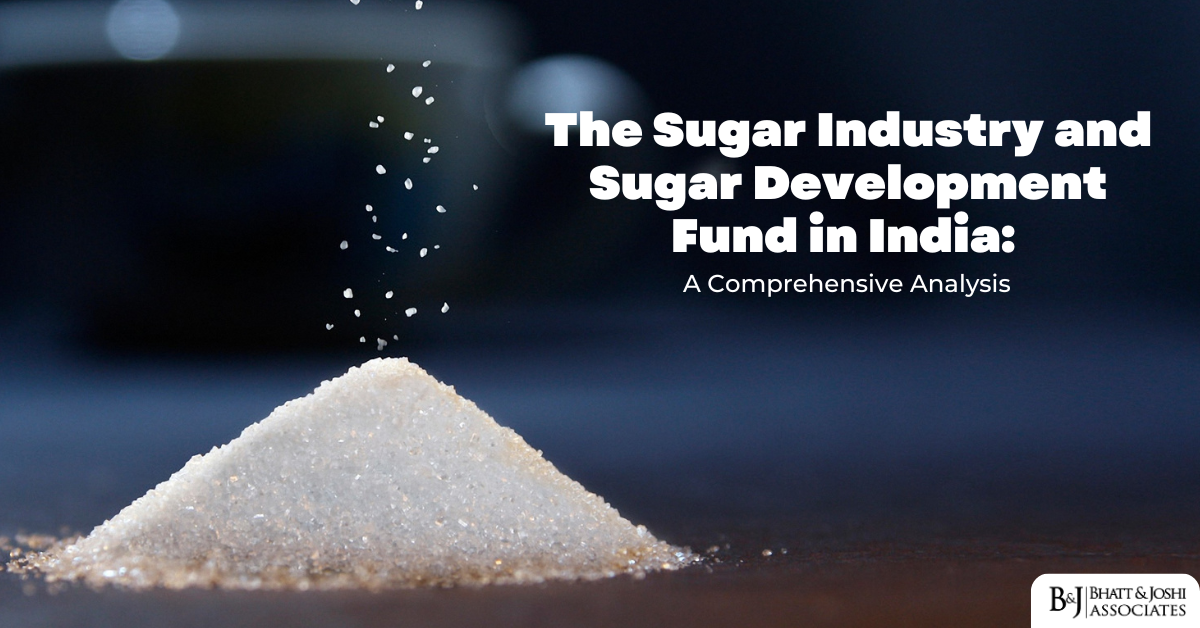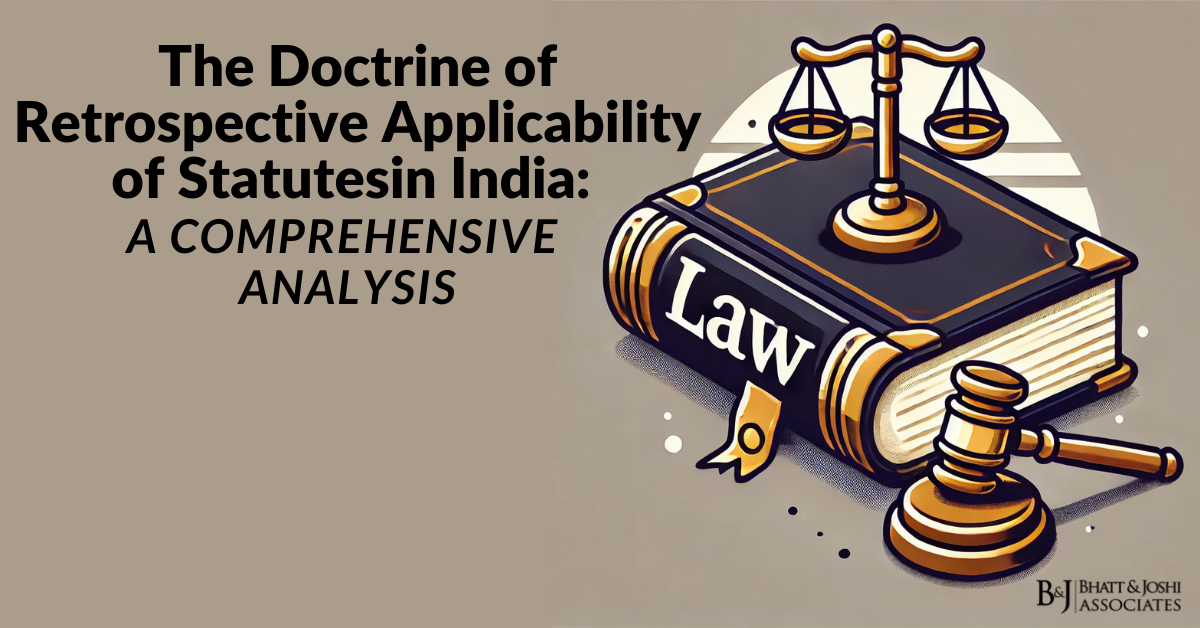Introduction
The sugar industry in India stands as a pivotal component of the country’s agricultural and industrial landscape, playing a crucial role in rural development and economic growth. As the second-largest producer of sugar in the world, India’s sugar industry not only caters to domestic consumption but also contributes significantly to global sugar trade. This article delves into the multifaceted aspects of the Indian sugar industry, exploring its historical evolution, regulatory framework, and the critical role played by the Sugar Development Fund under the Department of Food and Public Distribution in shaping its trajectory.
Historical Context and Evolution of Sugar Industry
The cultivation of sugarcane and the production of sugar in India have roots that stretch back millennia, with references found in ancient texts and historical records. However, the modern sugar industry in India began to take shape during the colonial period in the 19th century. The establishment of the first sugar mill in Bihar in 1903 marked the beginning of the organized sugar industry in the country.
In the post-independence era, the sugar industry witnessed rapid expansion, driven by government policies aimed at achieving self-sufficiency in sugar production. The industry’s growth was particularly pronounced in the 1950s and 1960s, with a significant increase in the number of sugar mills and cultivated area under sugarcane. This period also saw the emergence of cooperative sugar factories, especially in Maharashtra and Gujarat, which played a crucial role in rural development and farmer empowerment.
The 1990s brought about significant changes in the sugar industry with the liberalization of the Indian economy. The partial decontrol of sugar in 1997 and subsequent policy reforms aimed at increasing competitiveness and efficiency in the sector. These changes, while presenting new opportunities, also brought challenges, necessitating a more structured approach to industry development and regulation.
The Sugar Development Fund: Establishment and Mandate
The Sugar Development Fund (SDF) was established in 1982 under the Sugar Cess Act, 1982, with the primary objective of facilitating the development and modernization of the sugar industry. The Fund is administered by the Department of Food and Public Distribution, Government of India, and plays a crucial role in providing financial assistance to sugar factories for various developmental activities.
The legal framework for the SDF is provided by the Sugar Development Fund Act, 1982, which states in its preamble:
“An Act to provide for the financing of activities for development of sugar industry and for matters connected therewith or incidental thereto.”
This statement encapsulates the broad mandate of the SDF in fostering the growth and modernization of the sugar industry.
The SDF derives its resources from the sugar cess that was levied on sugar produced by sugar factories until 2017. Post-2017, the Fund continues to operate with the accumulated corpus and recoveries of past loans.
The primary objectives of the Sugar Development Fund include:
Modernization and expansion of sugar factories to enhance efficiency and productivity. Supporting the development of sugarcane in the reserved area of sugar factories to increase the supply of sugarcane. Providing financial assistance for the rehabilitation and modernization of sugar factories. Funding research and development activities aimed at improving sugar recovery and reducing production costs. Supporting the development of by-products utilization, particularly in the areas of cogeneration and ethanol production.
These objectives underscore the comprehensive role envisioned for the SDF in nurturing and modernizing the sugar sector.
Regulatory Framework Governing Sugar Industry in India
The regulatory framework governing the sugar industry in India is complex and multifaceted, involving various laws, rules, and regulations. At its core is the Essential Commodities Act, 1955, which provides the legal basis for controlling the production, supply, and distribution of sugar.
The Sugar (Control) Order, 1966
Issued under the Essential Commodities Act, this Order provides for the regulation of sugar production, distribution, and pricing. Key provisions include:
Licensing of sugar factories Regulation of sugar release for domestic consumption Fixation of minimum price for sugarcane
The Order states in its Clause 3:
“No person shall carry on the business of a producer, importer or exporter of sugar except under and in accordance with a licence issued by the Central Government.”
This provision ensures that sugar production and trade are carried out within a regulated framework, allowing for effective monitoring and control of the industry.
The Sugar Development Fund Act, 1982
This Act provides the legal framework for the establishment and operation of the Sugar Development Fund. It outlines the purposes for which the Fund can be utilized and the procedures for providing financial assistance to sugar factories.
Section 4 of the Act states:
“The Fund shall be applied by the Central Government for the following purposes, namely: (a) making loans for facilitating the rehabilitation and modernization of any sugar factory; (b) making loans for the development of sugarcane in the area in which any sugar factory is situated; (c) making grants for the purpose of carrying out any research project aimed at the promotion and development of any aspect of sugar industry; (d) defraying expenditure for the purpose of building up and maintenance of buffer stock of sugar with a view to stabilizing price of sugar; (e) defraying any other expenditure for the purpose of this Act.”
This provision clearly delineates the broad scope of activities that can be supported through the SDF, emphasizing its role in comprehensive industry development.
Key Case Laws Shaping Sugar Industry in India
The sugar industry has been subject to numerous legal disputes and interpretations over the years, reflecting the complex interplay of stakeholder interests and regulatory objectives. Some significant case laws include:
U.P. Co-operative Cane Unions Federations vs. West U.P. Sugar Mills Association & Ors. (2004)
In this landmark case, the Supreme Court of India dealt with the issue of sugarcane pricing and the respective roles of the Central and State governments. The court observed:
“The fixation of price of sugarcane is a complex economic exercise involving various factors including the interests of cane growers, sugar factories, and consumers. While the Central Government has the power to fix the ‘minimum price’ under the Sugarcane (Control) Order, 1966, the State Governments are not precluded from fixing a ‘higher price’ in exercise of their powers under state laws.”
This judgment clarified the concurrent jurisdiction of the Central and State governments in sugarcane pricing, highlighting the delicate balance required in regulating the industry.
Bajaj Hindusthan Limited vs. State of Uttar Pradesh & Ors. (2018)
This case addressed the issue of delayed payments to sugarcane farmers by sugar mills. The Allahabad High Court emphasized the importance of timely payments, stating:
“The right of farmers to receive timely payment for their produce is an integral part of their right to life and livelihood under Article 21 of the Constitution. The State Government and sugar mills must ensure that payments are made to farmers within the stipulated time frame as per the Sugarcane (Control) Order, 1966.”
This judgment underscored the social and economic implications of the sugar industry’s operations and the need for robust mechanisms to protect farmers’ interests.
The Role of the Sugar Development Fund in Industry Development
The Sugar Development Fund has played a pivotal role in the development and modernization of the Indian sugar industry. Its activities span several crucial areas:
- Modernization and Capacity Expansion: The SDF provides loans at concessional rates for the modernization and expansion of sugar factories. This has helped in improving the efficiency and productivity of sugar mills, enabling them to adopt newer technologies and enhance their competitiveness.
- Cane Development: The Fund supports sugarcane development programs in the catchment areas of sugar factories. This includes assistance for improved irrigation facilities, introduction of high-yielding varieties, and adoption of better cultivation practices. These efforts have contributed to increasing sugarcane productivity and ensuring a steady supply of raw material to sugar mills.
- Research and Development: The SDF provides grants for research projects aimed at improving various aspects of sugar production, including enhancing sugar recovery rates, developing disease-resistant sugarcane varieties, and exploring new applications for sugarcane by-products.
- Promotion of Cogeneration and Ethanol Production: Recognizing the potential of value addition through by-product utilization, the SDF has been instrumental in promoting cogeneration of power and ethanol production in sugar mills. This has not only created additional revenue streams for sugar factories but has also contributed to India’s renewable energy and biofuel objectives.
- Buffer Stock Operations: The Fund has been used to support buffer stock operations, helping to stabilize sugar prices and manage supply-demand imbalances in the domestic market.
These multi-faceted interventions through the SDF have been crucial in shaping the development trajectory of the Indian sugar industry, enhancing its competitiveness, and addressing various challenges faced by the sector.
Recent Developments and Initiatives
In recent years, the sugar industry has witnessed several significant developments, many of which have been supported or facilitated by the Sugar Development Fund and related policy initiatives:
- Ethanol Blending Program: The government has been actively promoting ethanol production from sugarcane, aiming to achieve 20% ethanol blending in petrol by 2025. This initiative has opened up new avenues for the sugar industry, helping to address the issue of surplus sugar production and providing an additional revenue stream for sugar mills.
- Export Promotion: To manage domestic sugar surpluses and support the industry, the government has introduced various measures to promote sugar exports, including export subsidies and quotas. These measures, while subject to international trade disputes, have helped in managing domestic sugar inventories and supporting sugar prices.
- Fair and Remunerative Price (FRP) Mechanism: The introduction of the FRP mechanism for sugarcane pricing has aimed to ensure a fair return to farmers while considering the paying capacity of sugar mills. This has replaced the earlier Statutory Minimum Price (SMP) system, providing a more balanced approach to sugarcane pricing.
- Technology Adoption: There has been an increasing focus on adopting advanced technologies in sugar production, including automation, process optimization, and energy efficiency measures. The SDF has supported many of these initiatives through its modernization loans.
- Sustainable Sugar Initiative: Efforts are underway to promote sustainable sugar production practices, focusing on water conservation, soil health, and reducing the environmental footprint of sugar production. These initiatives align with global trends towards sustainable and responsible production practices.
Challenges and Future Prospects of Sugar Industry
Despite its growth and potential, the sugar industry faces several challenges:
- Cyclical Nature of Production: The industry is characterized by cycles of surplus and deficit, leading to price volatility and financial stress for sugar mills.
- Water Scarcity: Sugarcane is a water-intensive crop, and increasing water scarcity in many sugar-producing regions poses a significant challenge to sustainable production.
- Price Volatility: Fluctuations in both domestic and international sugar prices impact the financial viability of sugar mills and the income of sugarcane farmers.
- Policy Uncertainties: Frequent changes in sugar policies, including those related to exports, pricing, and ethanol blending, create uncertainties for industry stakeholders.
- Global Competition: Indian sugar faces stiff competition in the international market from countries like Brazil and Thailand, necessitating continuous efforts to improve efficiency and reduce production costs.
The Sugar Development Fund and related policy initiatives are addressing these challenges through various measures:
- Promoting Crop Diversification: Encouraging sugar mills to diversify into other crops to reduce dependence on sugarcane and manage surplus production.
- Enhancing Water Use Efficiency: Supporting the adoption of drip irrigation and other water-saving technologies in sugarcane cultivation.
- Strengthening the Ethanol Program: Expanding the scope of the ethanol blending program to create a stable demand for sugarcane by-products.
- Balancing Stakeholder Interests: Working towards a pricing mechanism that ensures fair returns to farmers while maintaining the viability of sugar mills.
- Promoting Exports: Developing strategies to enhance the competitiveness of Indian sugar in the global market, including improving quality standards and exploring new markets.
Conclusion
The sugar industry in India, with its rich history and significant economic impact, continues to evolve under the guidance of the Sugar Development Fund and related regulatory mechanisms. The industry’s journey from a traditional agricultural activity to a complex agro-industrial sector reflects the broader transformation of India’s economy.
The Sugar Development Fund, through its multifaceted interventions, has played a crucial role in modernizing the industry, enhancing productivity, and promoting diversification. As the industry moves forward, the Fund’s role in facilitating adaptation to new challenges and opportunities will be critical.
The future of the sugar industry in India is closely tied to broader issues of agricultural sustainability, rural development, and energy security. The industry’s ability to balance these diverse objectives while maintaining economic viability will be key to its long-term success.
As global and domestic markets evolve, the Indian sugar industry, supported by the Sugar Development Fund and adaptive policy measures, is poised to play a significant role not just as a food producer but as a contributor to India’s renewable energy goals and rural economic development. The challenges are significant, but so are the opportunities for innovation, sustainability, and growth in this vital sector of the Indian economy.














